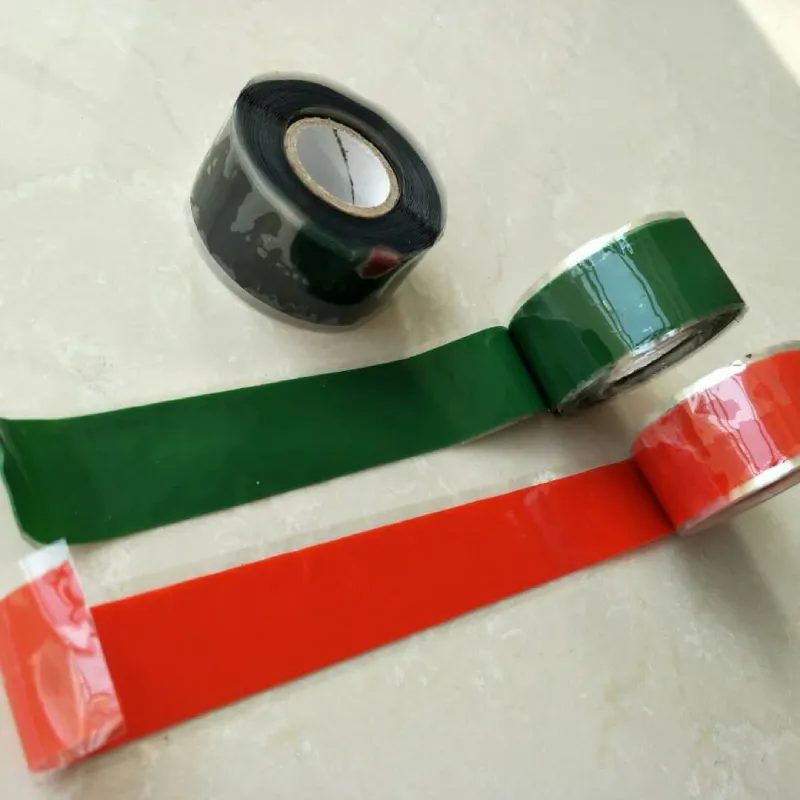The Importance of Butyl Weather Stripping for Home Efficiency
As homeowners increasingly seek ways to enhance energy efficiency and reduce utility costs, one solution that often comes up is weather stripping. Among the various materials and types available, butyl weather stripping has gained significant popularity due to its durability and excellent sealing capabilities. This article delves into the characteristics, benefits, installation processes, and maintenance of butyl weather stripping, illustrating why it can be a game-changer for energy conservation in residential settings.
What is Butyl Weather Stripping?
Butyl weather stripping is a flexible sealing material made from a synthetic rubber-like substance known for its excellent durability and adhesion properties. This type of weather stripping is commonly used around doors, windows, and other movable parts of a home where air leaks can occur, leading to drafts and increased energy costs. Butyl weather stripping is usually available in rolls, making it versatile and easy to cut to size for various applications.
Benefits of Butyl Weather Stripping
1. Superior Air Seal Butyl weather stripping forms a tight seal that prevents air from escaping or entering the home. This is crucial for maintaining a consistent indoor temperature, which can lead to significant energy savings.
2. Durability One of the standout features of butyl weather stripping is its longevity. Unlike traditional materials such as foam or felt, butyl is resistant to moisture, UV rays, and temperature fluctuations. This means it can withstand the elements better and last longer, reducing the need for frequent replacements.
3. Easy Installation Homeowners can easily install butyl weather stripping without the need for professional help. It typically comes with an adhesive backing, allowing it to be applied directly to clean, dry surfaces. The installation process is straightforward; simply cut the material to the desired length, peel off the backing, and stick it into place.
4. Cost-Effective While the initial cost of butyl weather stripping may be slightly higher than some alternatives, its durability and effectiveness lead to long-term savings on energy bills. Moreover, reducing drafts can enhance the overall comfort of your home.
5. Flexibility Butyl weather stripping remains flexible even in freezing temperatures, ensuring that the seal remains effective throughout the year. This flexibility also helps maintain the integrity of the materials it’s applied to, preventing cracking and peeling.
butyl weather stripping

Installation Tips
When installing butyl weather stripping, consider the following steps for the best results
1. Preparation Begin by cleaning the surface where the weather stripping will be applied. Remove any old weather stripping, dirt, or debris that may affect adhesion.
2. Measurement Measure the areas where you need to install the weather stripping. Cut the butyl material to the appropriate lengths.
3. Application Carefully peel back a small section of the adhesive backing. Begin applying it to the surface, ensuring there are no wrinkles or bubbles. Press firmly to ensure a strong bond.
4. Final Check Once installed, check for any gaps that may need additional weather stripping. Ensuring a complete seal is vital for maximizing energy efficiency.
Maintenance and Longevity
While butyl weather stripping is designed to last, regular maintenance can help ensure its effectiveness. Periodically inspect the seals around doors and windows, looking for any signs of wear or damage. If you notice any cracks or peeling, consider replacing the weather stripping to maintain an airtight seal.
Conclusion
Butyl weather stripping is an exceptional choice for homeowners looking to enhance their home’s energy efficiency. Its durability, ease of installation, and flexibility make it a reliable option for sealing drafts and improving indoor comfort. As energy costs continue to rise, investing in quality weather stripping like butyl can yield significant long-term savings and enhance the overall livability of your home. By ensuring that your home is adequately sealed, you’re not only saving money but also contributing to a more sustainable and environmentally friendly living space.
-
XIANGFAN Rubber Tape-Ultimate Solutions for All Your Insulation NeedsNewsJun.24,2025
-
XIANGFAN Rubber Tape-Protection for Industrial and Residential ApplicationsNewsJun.24,2025
-
XIANGFAN Rubber Tape: Superior Safety and Sealing for Demanding EnvironmentsNewsJun.24,2025
-
XIANGFAN Rubber Tape: Reliable Solutions for Every Electrical ChallengeNewsJun.24,2025
-
XIANGFAN Electrical & Industrial Tape: Powering Reliability Across IndustriesNewsJun.24,2025
-
XIANGFAN Electrical & Industrial Tape: Excellence in Every ApplicationNewsJun.24,2025
